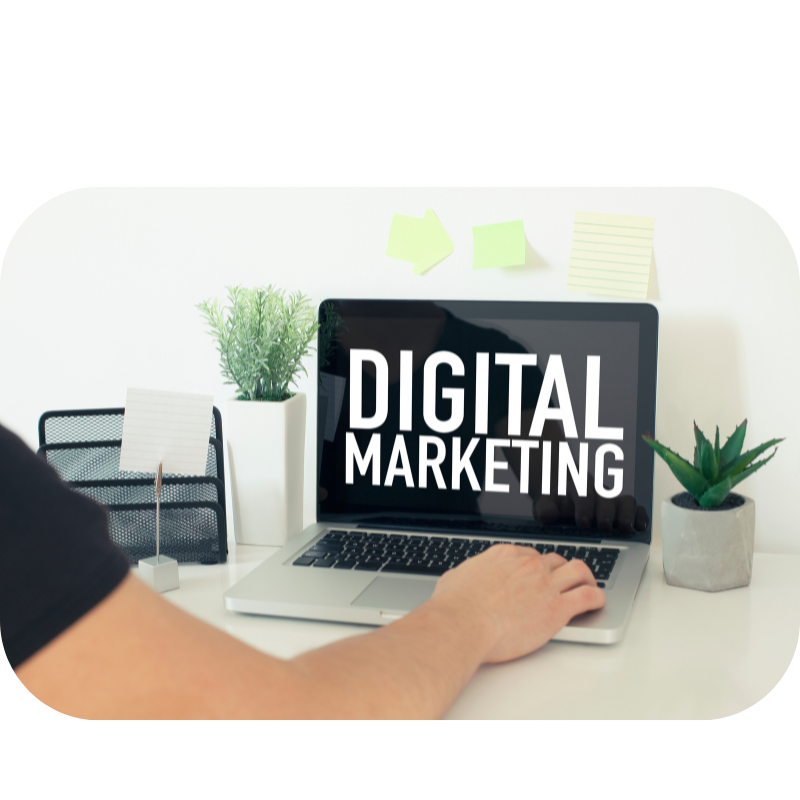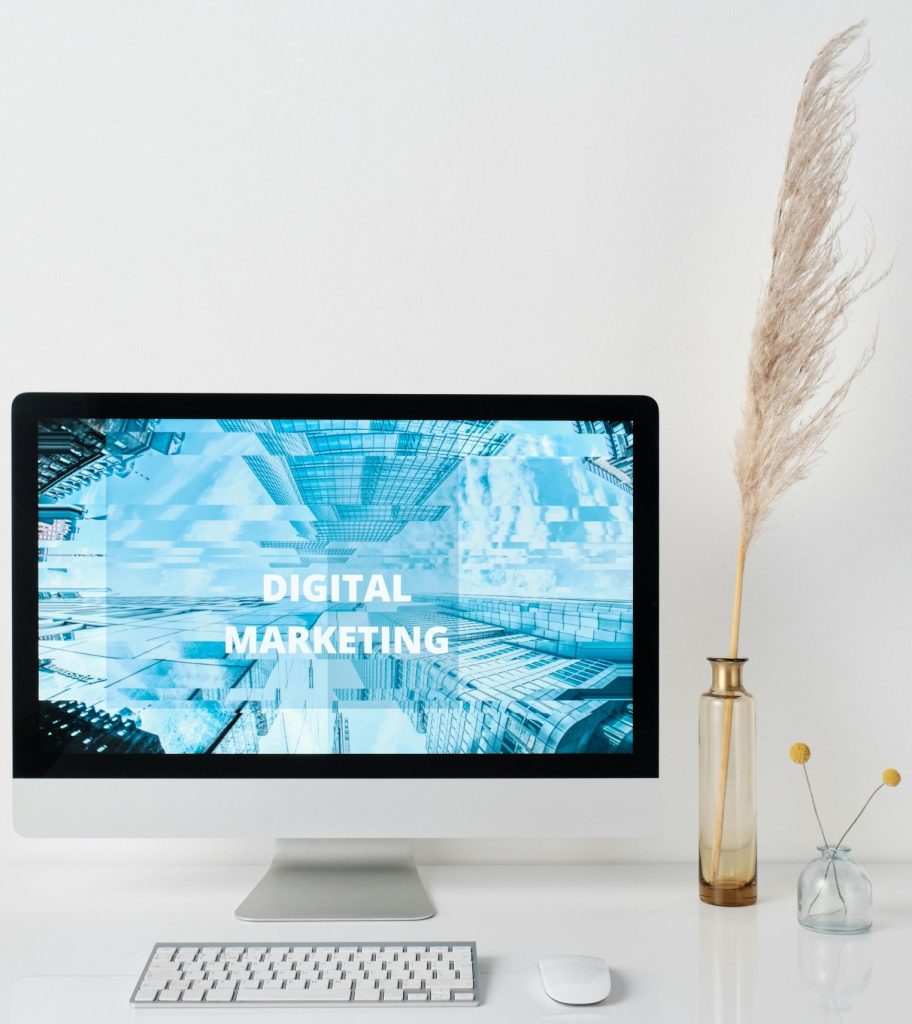How to Create SEO-Friendly Content That Actually Ranks
How to Create SEO-Friendly Content That Actually Ranks In the ever-changing landscape of digital marketing, one thing remains constant: content is king. But creating content that truly ranks on search engines like Google takes more than just stringing words together. You need SEO-friendly content—crafted with strategy, relevance, and user intent in mind. Whether you’re a blogger, a business owner, or a digital marketer, this guide will walk you through how to create content that not only pleases search engines but also resonates with real people. 1. Understand the User Intent First Before you write a single word, ask yourself: What is the user really searching for? Search intent usually falls into four categories: Informational – looking for answers (e.g., “what is SEO?”) Navigational – looking for a specific site or brand Transactional – ready to make a purchase Commercial Investigation – researching before buying Tailor your content to match the intent behind the keyword. For instance, if someone searches “how to create SEO-friendly content,” they’re looking for a detailed, practical guide—not a sales pitch. 2. Start with Smart Keyword Research Keywords are the backbone of SEO content. Use tools like: Google Keyword Planner Ubersuggest SEMrush Find keywords with a high search volume but low to medium competition. Also look for long-tail keywords like “SEO content writing for beginners” — these are more specific and easier to rank for. Tips: Target one primary keyword per piece of content. Sprinkle in a few LSI (Latent Semantic Indexing) keywords — synonyms or related terms. 3. Craft a Compelling, Keyword-Optimized Title Your title is your first impression—make it count. A great SEO title should: Include your main keyword Be under 60 characters (so it doesn’t get cut off in search results) Spark curiosity or promise value Good example: “How to Create SEO-Friendly Content That Ranks in 2025”Bad example: “SEO Tips” (Too vague and generic) Also, use header tags (H1, H2, H3) properly in your blog structure to signal importance to Google. 4. Write for Humans First, Then Search Engines Gone are the days of keyword stuffing. Google’s algorithm now prioritizes content that is valuable, readable, and relevant. Make your content: Easy to scan with subheadings Broken into short paragraphs Enhanced with bullet points, numbered lists, or tables Free from jargon unless absolutely necessary Use your primary keyword naturally in the: First 100 words Meta description Title and H1 tag A few subheadings Image alt tags But remember: if it doesn’t sound natural, don’t force it. Google can tell 5. Structure Matters: Use a Clear Content Hierarchy Organizing your content with a logical flow helps both users and search engines. Example structure: Introduction Definition or Explanation Step-by-step Guide Examples Conclusion with CTA (Call to Action) Use internal links to point to other relevant content on your site, and external links to trustworthy sources. This builds credibility and improves crawlability. 6. Optimize Images and Visuals Search engines can’t “see” images like we do. They rely on alt text and file names to understand them. Image SEO best practices: Use descriptive file names Compress images to boost page speed Add alt text using relevant keywords Also, visuals like infographics, charts, and custom illustrations can reduce bounce rates and increase time spent on page—both ranking factors. 7. Improve Dwell Time and Reduce Bounce Rate Dwell time is how long someone stays on your page before returning to the search results. A high bounce rate and low dwell time can negatively affect your SEO. How to keep users engaged: Hook readers with an interesting intro Use a conversational tone Break content into digestible chunks Embed videos or interactive elements End with a compelling CTA The longer they stay, the better Google thinks your content is. 8. Don’t Forget On-Page SEO Beyond the content itself, there are technical things you can do to improve visibility: Meta Title: Should include your primary keyword. Meta Description: Briefly describe your post (150–160 characters). URL Structure: Keep it short and keyword-rich 9. Keep It Fresh and Up-to-Date Google favors content that is relevant and current. Regularly update your old blog posts to keep rankings strong. Tips for updating: Add new stats or insights Replace outdated links Improve readability or add new sections Consistency is key—publishing valuable content frequently helps boost domain authority and visibility. 10. Track and Improve Performance You can’t improve what you don’t measure. Use Google Analytics and Google Search Console to track: Pageviews Bounce rate Average session duration Click-through rate (CTR) Keyword rankings If a post isn’t performing well, consider updating the content, tweaking your headline, or improving internal linking. Conclusion: Write for People, Optimize for Search Creating SEO-friendly content is a balancing act between writing for real humans and optimizing for search engines. When done right, it drives organic traffic, builds authority, and helps your content climb the SERP ladder. Key Takeaways: Know your audience and their search intent Use keyword research as your roadmap Optimize every element—from title to images Focus on quality, relevance, and readability Analyze and improve your content regularly SEO isn’t about tricking Google—it’s about creating content that deserves to rank.










